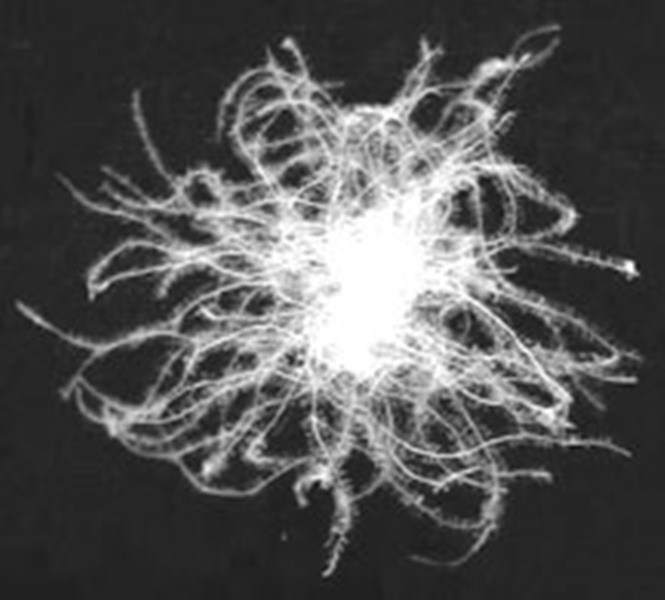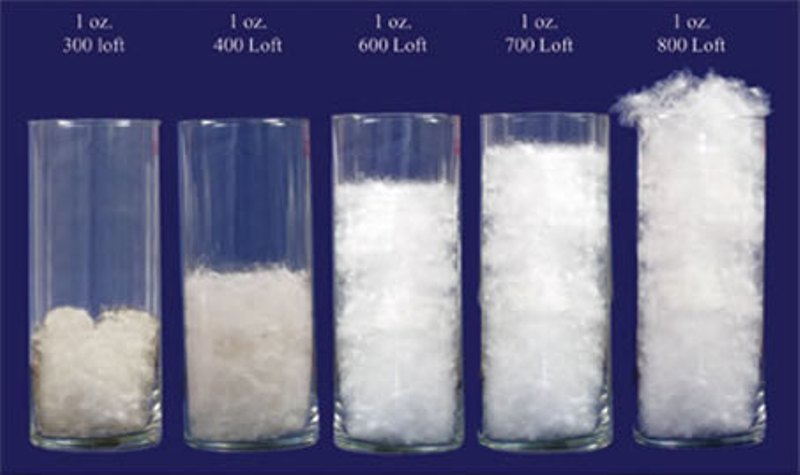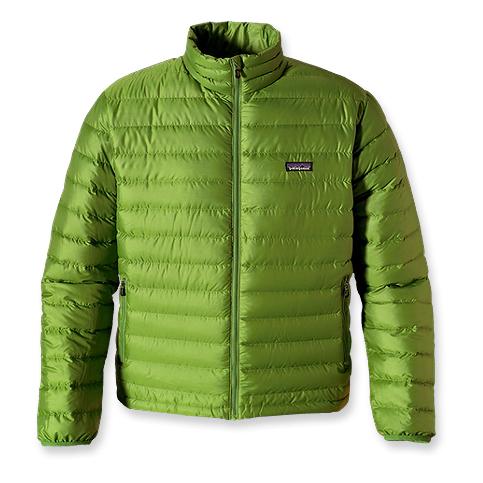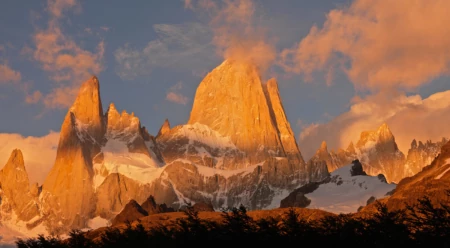Up with Down
 Because the best down comes from mature geese and because the Eastern Europeans prefer older and larger geese, the best down tends to come from Eastern Europe. The down is harvested and then separated into different grades depending on the quality of down.
Because the best down comes from mature geese and because the Eastern Europeans prefer older and larger geese, the best down tends to come from Eastern Europe. The down is harvested and then separated into different grades depending on the quality of down.
Hit the jump for more details . . .
 Down is graded according to fill power, which is defined as the volume of insulation (measured in cubic inches) produced by one ounce of down. The most commonly used fill-powers tend to start at about 550 and go up to somewhere to the 800-950 range. Personally, I’m a bit skeptical of the higher ratings. I remember back in the late 70s when the best down available was somewhere in the 600-650 range. All of a sudden the ratings seemed to jump up to 800 and beyond. Considering these geese are raised for food and not down I can’t help but wonder how we’re getting so much better down from the same geese.
Down is graded according to fill power, which is defined as the volume of insulation (measured in cubic inches) produced by one ounce of down. The most commonly used fill-powers tend to start at about 550 and go up to somewhere to the 800-950 range. Personally, I’m a bit skeptical of the higher ratings. I remember back in the late 70s when the best down available was somewhere in the 600-650 range. All of a sudden the ratings seemed to jump up to 800 and beyond. Considering these geese are raised for food and not down I can’t help but wonder how we’re getting so much better down from the same geese.
One thing there is no controversy about is the cost of the upper end down. Because it is so expensive (high-end goose down being approx. 3X more expensive than low-grade counterparts), it is practical to use this down only in garments where weight is of primary concern. Here at Patagonia, we use 800-fill down in both the Down Sweater and the Down Parka, two pieces designed to give maximum warmth for minimum weight.
 Thus the down jacket with 4739 cubic inches of insulation (6.77 x 700) has nearly twice the insulation of the sweater which has 2400 cubic inches (3 x 800), even though the sweater uses higher-fill-power down.
Thus the down jacket with 4739 cubic inches of insulation (6.77 x 700) has nearly twice the insulation of the sweater which has 2400 cubic inches (3 x 800), even though the sweater uses higher-fill-power down.
So, you may be asking yourself "If down is so great, what’s not to like?" And "why are companies like du Pont and Celanese Fortrel spending gazillions to find a polyester replacement for down?" The main reason to use synthetic insulation is because it absorbs far less water than down and hence dries much faster. Anyone who has ever hand washed a down sleeping bag or jacket can attest to the incredible amount of water down products can absorb. Polyester, on the other hand, absorbs almost none. Even so, the oft-repeated “Warm when wet” should probably be amended to: “keeps you alive but you still freeze your a@% off”. Hot tubs are warm when wet, jackets and sleeping bags aren’t, no matter what’s inside them. So whatever insulation you choose, the bottom line is: Keep It Dry. Don’t wear puffy stuff alone in the rain, seam seal your tent, use waterproof stuff sacks, use a pack cover, basically do whatever it takes to keep your stuff dry.
There are a few down-sides (so to speak) of synthetic fills. Down, as long as it’s treated with a modicum of respect, is much more durable than synthetic fills. My circa 1971 REI McKinley sleeping bag (containing over 2 lbs of 550 fill “prime northern silvergrey goose down”) with well over 1000 nights of use is still quite lofty and warm and still serves faithfully as my car camping bag. The issue with synthetics is that they’re far less compressible than down, an important factor for both the expedition user whose pack is already overloaded with gear and food, and the fastpacker whose tiny pack means everything must be as small and light as possible. Most of us fall somewhere between the two extremes and if you’re a gear junkie like me and have most everything in both down and synthetic versions, the decision is made based upon where you’re headed. For me, if the trip involves being on the water (river rafting, sea kayaking), then synthetic it is. Ditto if the trip is anywhere in the Pacific Northwest. If, on the other hand, I’m heading into Nevada, the Sierra, or any other place that is mostly dry and might be cold, then I’m all about down. What you choose is of course up to you, but just keep it dry and you’ll stay warm.


